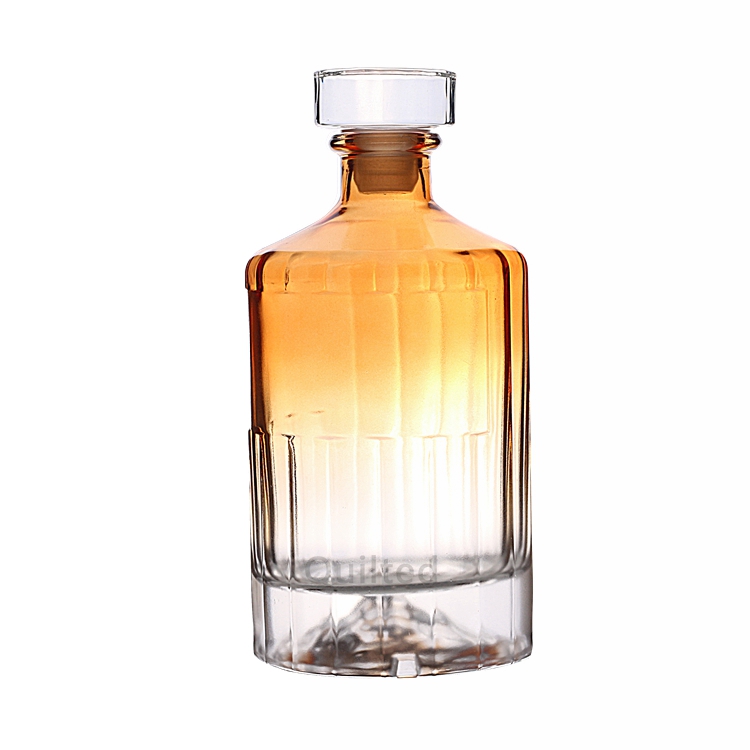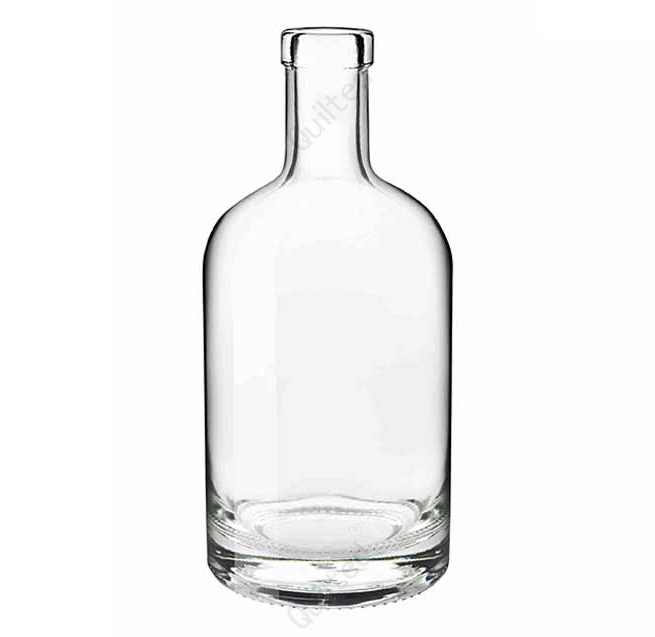The production of glass bottles is a complex process, and various factors can lead to defects that compromise the quality of the final product. Understanding these causes is essential for improving manufacturing standards and ensuring the production of high-quality glass bottles. Here are some common reasons for defects in glass bottle reproduction:
1. Mismatch During Initial Mold Entry
When the glass blank fails to accurately enter the initial mold, or if the mold wall is excessively large, folds can form in the bottle. As the bottle is blown and shaped, these wrinkles can diffuse and magnify, resulting in visible imperfections on the glass bottle’s surface.
2. Scissor Marks from Feeding Machines
If the scissor mark from the upper feeding machine is too large, it can leave scars on the bottle body. These defects are often visible and can detract from the overall appearance of the bottle.
3. Poor Quality Molding Materials
The quality of the initial mold and the materials used in the molding process plays a crucial role. If the mold density is insufficient or if oxidation occurs too quickly at high temperatures, it can create concave points on the mold’s surface. This results in a final product that lacks a smooth and clean finish.
4. Inadequate Oil Application on Molds
Inconsistent oil application on glass bottle molds can lead to insufficient lubrication. This can cause variations in the drop rate and material types, negatively impacting the molding process.
5. Unreasonable Mold Design
Improper mold design, whether too large or too small, can lead to uneven material distribution during the blowing process. If the material does not fill the cavity uniformly, it can create weak points and uneven surfaces on the glass bottle.
6. Variability in Material Drop Speed
If the material drop speed is inconsistent, or if the air nozzle settings are inappropriate, it can lead to temperature imbalances in the initial mold. This can create cold spots in the glass, adversely affecting the finish and integrity of the bottle.
7. Impurities in Glass Liquid
The cleanliness and uniform temperature of the glass liquid in the kiln are vital. Contaminants or inconsistencies can lead to bubbles, small particles, and blemishes in the final product, compromising its quality.
8. Machine Speed Fluctuations
Operating the machines at speeds that are too fast or too slow can result in uneven glass bottle bodies. This can lead to variations in wall thickness and unsightly patterns on the surface of the bottles.
Conclusion
To ensure high-quality glass bottle production, manufacturers must address these potential defects by refining their processes, maintaining equipment, and using high-quality materials. By understanding the root causes of these issues, manufacturers can implement better quality control measures and improve the overall production process, leading to more consistent and aesthetically pleasing glass bottles.
Post time: Oct-18-2024

